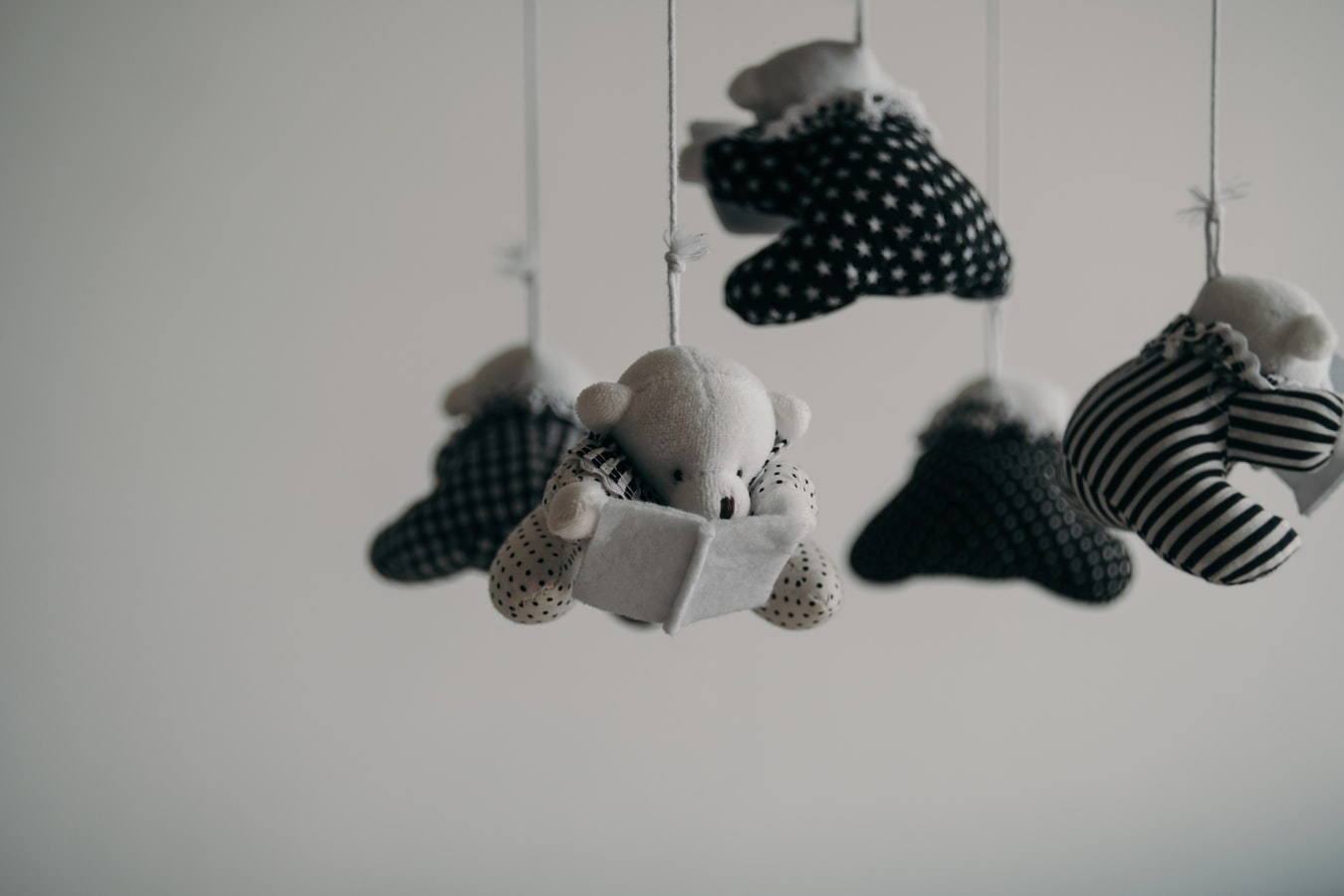Helen Johns shares some of her first-hand experience of using doll therapy throughout her career, and suggests some of the most important dos and don’ts that you need to consider if wanting to run these sessions in your care home…
I wrote an article a few years ago on the benefits of doll therapy, and how much good it can do when used properly. You can find that article here, while this recent article in The Guardian also has some great information on the therapy. This article explains how dolls can work on a basic comfort and distraction level, but also says that for many residents, they provide a real sense of purpose and familiarity. The lifelike dolls, which cost between 150-250, weigh the same as a baby and also mimic their breathing, sleeping and gurgling. Residents can feed, change, rock and hold the baby and many become quite attached to it, often talking more to the baby and their relatives, as well as being more active and verbal. “The majority of residents think the dolls are real,” manager Dawn Chivers told The Guardian. “I just see the benefits. It’s evident to see [residents are] content with the baby. It gives them reassurance, beyond anything we can do sometimes.”
In the past two years, I’ve spent lots of time doing my own informal research, as well as exploring current thinking and research. Below is a quick summary of some of the most important things that I’ve learnt around doll therapy, which would be a great place to start if this practice is new to your care home.
DO
- Make sure staff are properly trained and understand the implications of using doll therapy in their care setting.
- Provide different types of dolls and/or soft toys.
- Let people decide for themselves whether they want to use a doll, and whether they consider it a doll or baby.
- Give the doll a name.
- Know how the doll is used (eg simply admired as a toy, or nursed, fed and changed etc).
- Involve all staff and family members to provide a consistent approach whenever the doll is in use.
DON’T
- Assume that the use of dolls can be adopted without careful consideration and staff training.
- Assume that dolls will be therapeutic or beneficial for everyone.
- Withhold or remove the doll without the person’s permission, especially once introduced into a person’s care.
- Over-do the story – for example asking, ‘Shall we take the baby for a walk?’ This may be over-doing the story for someone who is merely using a doll as comfort, without considering it a baby. This may be demeaning for the person.
- Exclude any residents, including men, some of whom may also find doll therapy incredibly positive.
- Underestimate the power of a doll to bring feelings of comfort, security, attachment and love for the person.
More on doll therapy is included as part of our new training days – Therapeutic Approaches to Activity. You can join us at one of these training days in Middlesbrough (19th March), Southampton (26th March) and Reading (16th April). Book online here.




